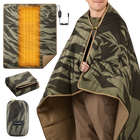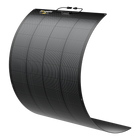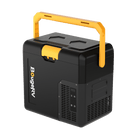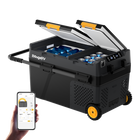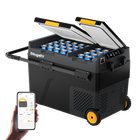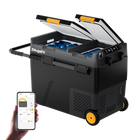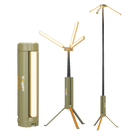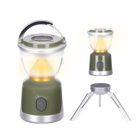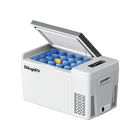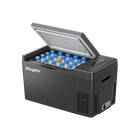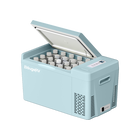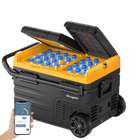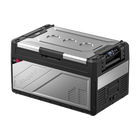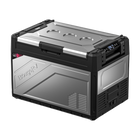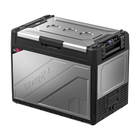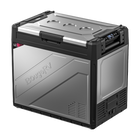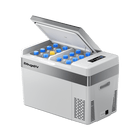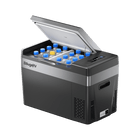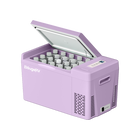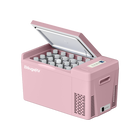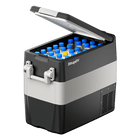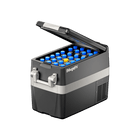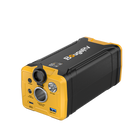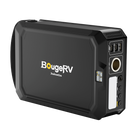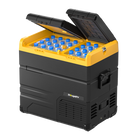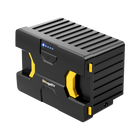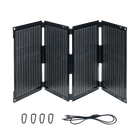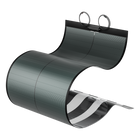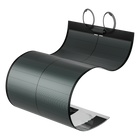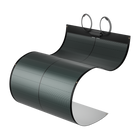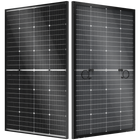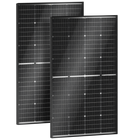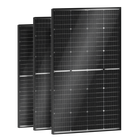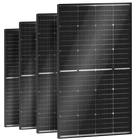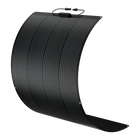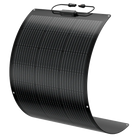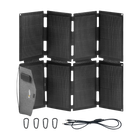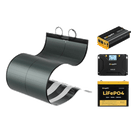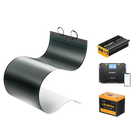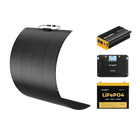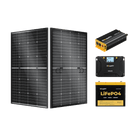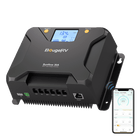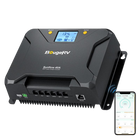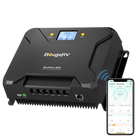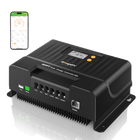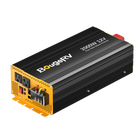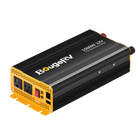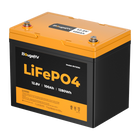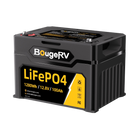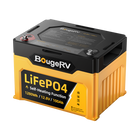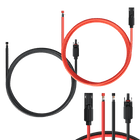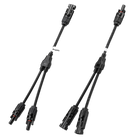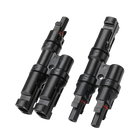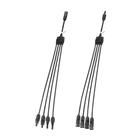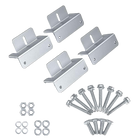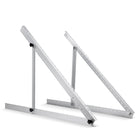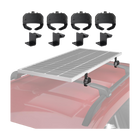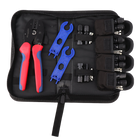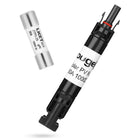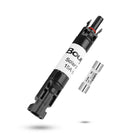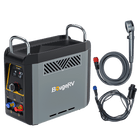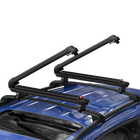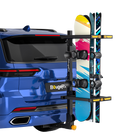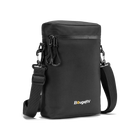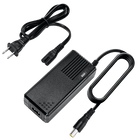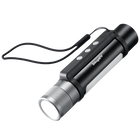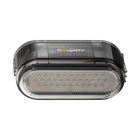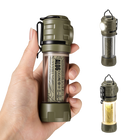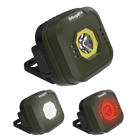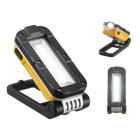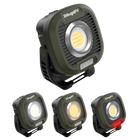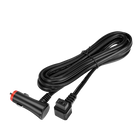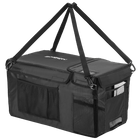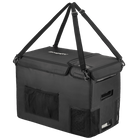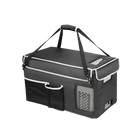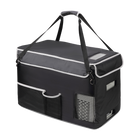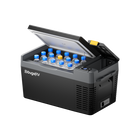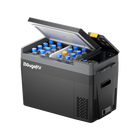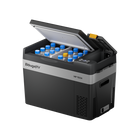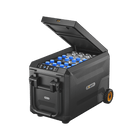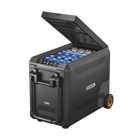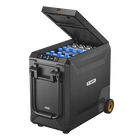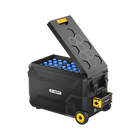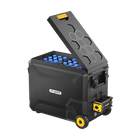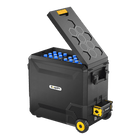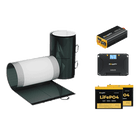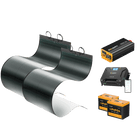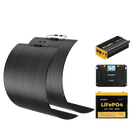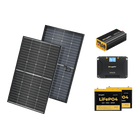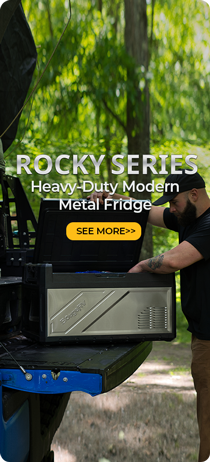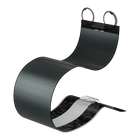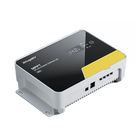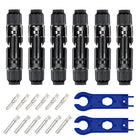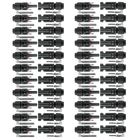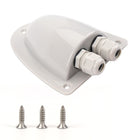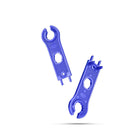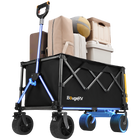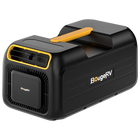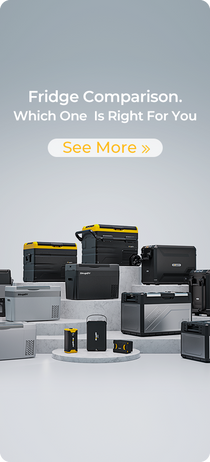Overlanding Fridge vs. Cooler: Which Is Better for Your Adventure?

When you think about overlanding, what's the first thing that comes to mind? For many, it's the thrill of adventure, the allure of the open road, and the freedom to explore off-the-beaten-path destinations. But a crucial aspect of any successful overlanding trip is ensuring your gear is up to the task—and that includes how you'll keep your food and beverages fresh.
In this comprehensive guide, we'll delve into overlanding fridges and coolers and their pros and cons. We'll also provide insights to help you make an informed decision tailored to your specific needs. So whether you're a seasoned overlander or a newbie to the world of off-road expeditions, read on to find out which option is best for you.
What is Overlanding?
Before diving into the fridge vs. cooler debate, let's take a quick look at what overlanding entails. Overlanding is all about self-reliant travel to remote destinations where the journey itself is the main goal. It involves extended trips that usually last from weeks to months, often with vehicles specially equipped for such adventures.
Key aspects of overlanding include:
- Off-road capability
- Self-sufficiency
- Long-distance travel
- Remote destinations
Given these factors, keeping your food and drinks fresh while on the road can be a challenge. This is where the debate between an overlanding fridge and a cooler comes into play.
Now, let's compare and contrast an overlanding fridge and a cooler based on various factors.
Overlanding Fridges: Pros and Cons

An Overlanding fridge, also known as a portable refrigerator or 12V fridge, is an electrically powered unit designed to keep your perishables cool or even frozen. These fridges are typically powered by your vehicle's battery, solar panels, or an external power source.
Pros:
- Durability: High-end overland fridges can handle harsh bumps, drops, and rough off-road conditions without breaking.
- Consistent temperature control: Overlanding fridges maintain a steady temperature, ensuring that your food stays fresh longer.
- Versatility: Many units offer both refrigeration and freezing capabilities. This feature is fantastic for storing diverse items like frozen meats and fresh produce simultaneously.
- Convenience: No need for ice, so there’s no worry about ice melting or water-logged food. You also won't have to deal with the hassle of buying ice and refilling it constantly, which saves you time.
- Efficiency: Overlanding fridges are super energy-efficient and can easily run off your car battery. If you're planning a longer trip, you might want to bring along some extra batteries or solar panels to keep your food fresh on the go!
- Space utilization: Since no ice is required, more space is available for storing food and drinks.
Cons:
- Cost: High-quality overlanding fridges can be expensive compared to traditional coolers. While a good-quality cooler might set you back around $100 to $300, a top-tier overlanding fridge can range from $500 to well over $1,500.
- Weight: Overlanding fridges are generally heavier than coolers due to the compressor and electronics.
Coolers: Pros and Cons
Coolers, often called ice chests, rely on ice or ice packs to keep their contents cool. They come in various sizes and insulation levels, suitable for different durations and conditions.
Pros:
- Affordability: Generally less expensive than overlanding fridges.
- No power required: Operates without electricity, making it ideal for extended trips without access to power.
- Simplicity: Easy to use and maintain without technical know-how.
Cons:
- Ice dependence: Requires constant replenishment of ice, which can be inconvenient and costly.
- Limited duration: Ice melts over time, limiting the cooling capability, especially in hot climates.
- Space efficiency: Ice takes up significant storage space, reducing the capacity for food and drinks.
- Water management: Melted ice turns into water, potentially causing soggy food and requiring regular draining.
6 Key Considerations for Your Choice

Now that we’ve outlined the basics and pros and cons, let’s delve into some key considerations to help you make an informed choice.
1. Trip Duration and Destination
A high-quality cooler might suffice if you’re heading out for a quick weekend trip. However, for trips lasting several weeks, especially to remote areas where getting more ice is challenging, an overlanding fridge is far superior in keeping your food fresh.
Imagine multi-week adventures through national parks, rugged off-grid mountain camping, or long road trips across the desert. Being able to keep your food fresh for weeks without worrying about ice is incredibly valuable!
2. Type of Food and Drink
Think about what you plan to store. If you need to keep items frozen or extremely cold, a fridge with dual-zone functionality would be ideal. For standard snacks and beverages, a cooler might suffice.

3. Budget
Your budget plays a crucial role in this decision. While overlanding fridges represent a higher initial investment, they can prove cost-effective in the long run by eliminating the recurring expense of ice. Conversely, if you're just starting out or overlanding on a tight budget, a robust cooler offers a more economical solution.
4. Vehicle Setup
Consider the space and power availability in your vehicle. Overlanding fridges require installation space and a reliable power source. Ensure you have enough room and the necessary electrical setup to support the fridge. On the other hand, coolers simply need adequate space for storage without any additional requirements. Read More: What Is an Overland Vehicle?
5. Climate and Environment
The environmental conditions you'll encounter should also influence your decision. In extremely hot climates, an overlanding fridge's consistent cooling performance will outperform any cooler. Conversely, in milder temperatures, a well-insulated cooler may provide sufficient cooling for your needs.
6. Frequency of Use
If you’re an avid overlander who frequently hits the trail, investing in a durable and efficient overlanding fridge makes sense. A cooler or general 12V fridge might be the more practical choice if your trips are infrequent or primarily involve shorter durations,
BougeRV Rocky Series Overland Fridge: Built Tough for Brave Souls
If you decide that an overlanding fridge is the right choice for you, the BougeRV Rocky Series is a top recommendation. With the Rock, you can focus entirely on having fun without worrying about your fridge breaking down on your adventure. The heavy-duty, tough Rocky is built like a tank with its stainless steel shell and reinforced corners, ready to tackle any off-road terrain without deforming or breaking.
Imagine finishing a long drive on a hot summer day, reaching for an ice-cold drink, and whipping up a tasty meal to recharge. Awesome, right? Having a Rocky is like taking a portable kitchen on your overlanding adventure! With dual-zone control, removable dividers, and a nested basket, it keeps your meats and drinks perfectly chilled and well-organized.
And forget about stressing over power! The Rocky fridge offers strong cooling and freezing performance while using only 60W of power. Plus, you can hook it up to detachable batteries, a wall outlet, car batteries, or even a solar setup.
In a word, the Rocky Series makes it super easy and convenient to enjoy the great outdoors, letting you focus on what really matters: the journey!
Chillin' with Rocky: A Cool Review
Want to know more about the advantages of the Rocky that help you go further, stay longer, and live better while overlanding? Take a look now!
Tips for Maximizing Efficiency
To get the most out of whichever option you choose, here are some tips for maximizing efficiency:
For Overlanding Fridges:

- Pre-Cool: Before loading your fridge, pre-cool it to the desired temperature to reduce strain on the compressor.
- Organize Efficiently: Pack items strategically to allow proper air circulation within the fridge.
- Monitor Power Consumption: Keep an eye on power usage and ensure your vehicle or solar setup can sustain the fridge's demands. For instance, with the BougeRV Rocky Series, all you need is one foldable 50W solar panel along with two small BougeRV fridge batteries to keep the Rocky running around the clock, whether you're on the move or taking a break!
For Coolers:
- Pre-Chill: Pre-chill your cooler and contents before packing to maximize ice retention.
- Use Block Ice: Block ice lasts longer than cubed ice and helps maintain lower temperatures.
- Minimize Openings: Limit the times you open the cooler to retain the cold air inside.
- Keep in Shade: Store your cooler in a shaded area to minimize heat exposure and prolong ice life.
Final Thoughts

Choosing between an overlanding fridge and a cooler ultimately depends on your specific needs, preferences, and overlanding style. An Overlanding fridge offers unparalleled convenience and reliability for extended trips, while a high-quality cooler provides a cost-effective and simple solution for shorter journeys.
By considering factors such as trip duration, budget, vehicle setup, climate, and frequency of use, you can make an informed decision that enhances your overlanding experience. Whatever option you choose, remember that the essence of overlanding lies in the adventure itself. Gear up, hit the road, and enjoy the journey!


